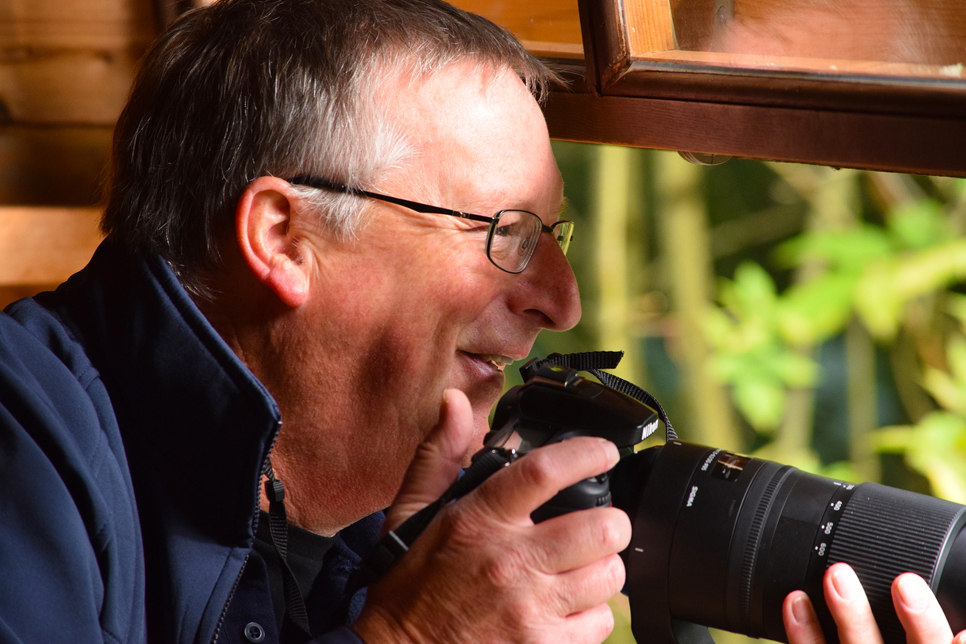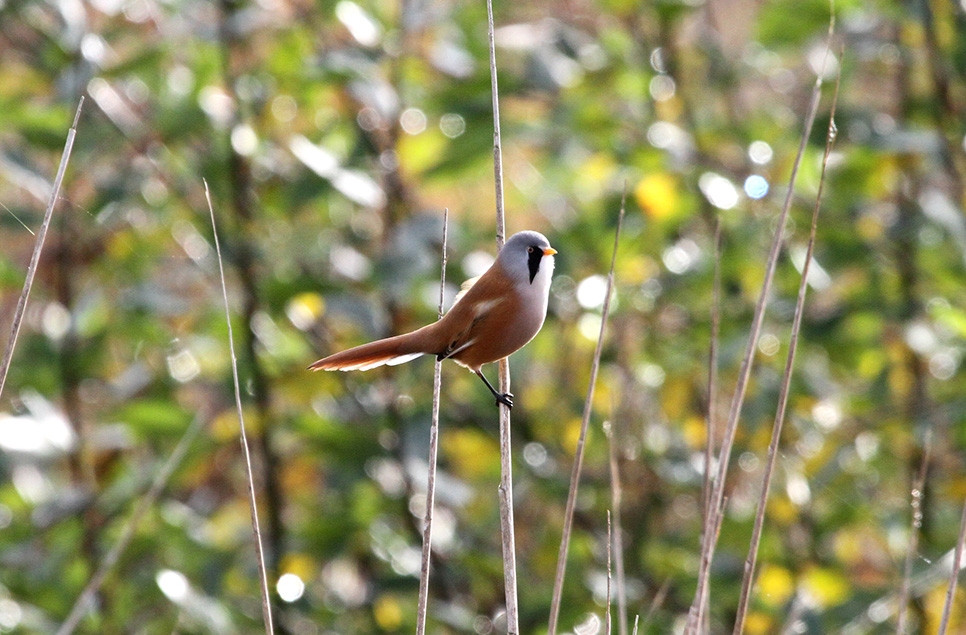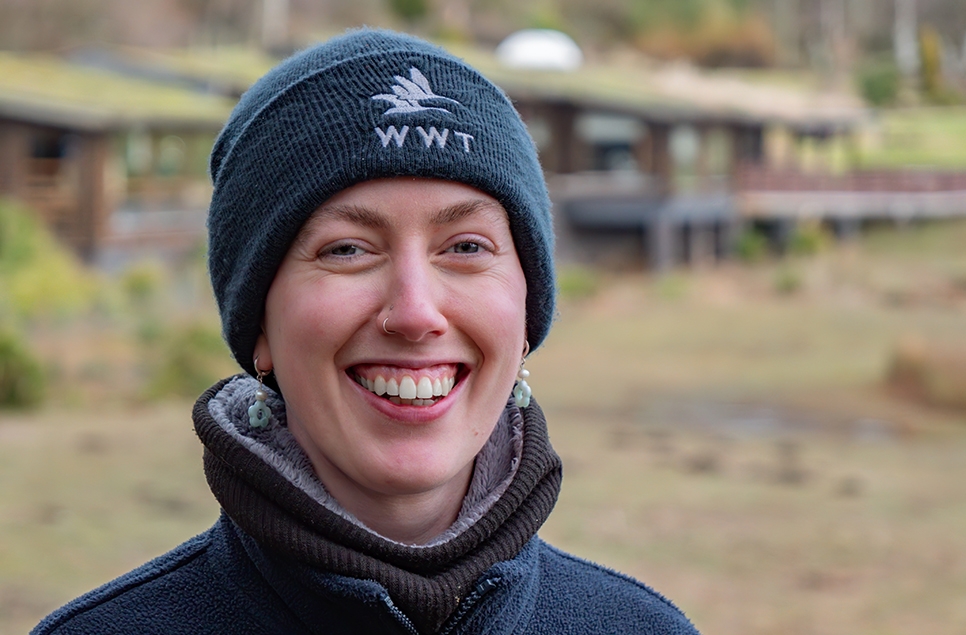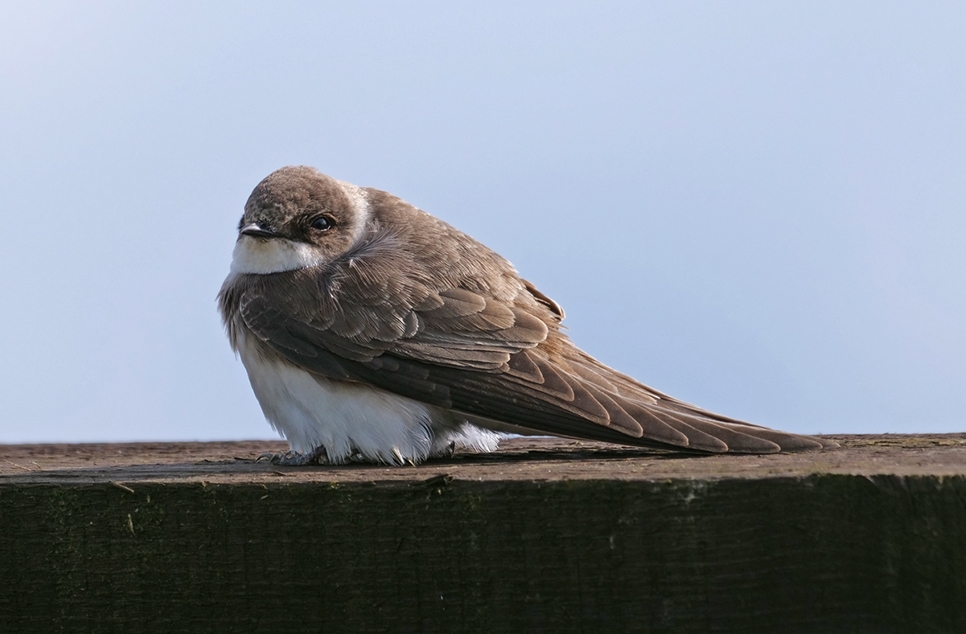First flamingo egg for four years laid at WWT Washington
A Chilean flamingo egg has been successfully laid at WWT Washington Wetland Centre – the first in over four years.
A Chilean flamingo egg has been successfully laid at WWT Washington Wetland Centre – the first in over four years.
It was first spotted on a nest last week (Wednesday 31 July) among a very excitable flock who were showing a keen interest in the egg.
The long-awaited egg was laid by a 23-year-old female flamingo (leg ring BDB), who hatched at WWT Washington in 1996.
The egg has now been carefully but swiftly swapped for a wooden ‘dummy’ egg in order to protect it from the elements, and is now safe and sound at our specialist duckery, where it will be nurtured and cared for during the incubation process.
Rhys McKie, senior keeper at WWT Washington explained, “This is a very exciting time for our flock of Chilean flamingos. We’ve done a lot of work to their enclosure to encourage breeding by exposing the muddy bank for nesting, and managing the vegetation around their islands to help them feel more comfortable and protected. This combined with the recent sunny weather conditions and our efforts have paid off. The flamingos are protecting the egg and mum is sitting tight on the nest; basically doing everything they should be right now which is great to see!”
Rhys continued, “In the wild, flamingo flocks can be very large with the potential of tens of thousands of birds all breeding together. These crowded conditions encourage a natural breeding instinct, which gives the birds a sense of stability and confidence. We’re hopeful the same scenario will happen here where this one egg will reassure the others and they will soon follow suit.
“While an egg doesn’t necessarily mean a definite hatch will happen, it’s certainly an achievement that we are proud of and something we’re keeping a close eye on.”
There is a method to check the fertility of eggs called ‘candling’ where a bright torch is shone through the shell to look for blood vessels. However, flamingo eggs are very difficult to candle due to the thickness of the shell and their chalky texture, meaning keepers will be on tenterhooks for around 30 days until it is ready to hatch.
If all goes to plan, the egg will be returned to the nest shortly before hatching, when the chick begins calling from inside as part of a bonding process with its parents. Their job will then be to protect and raise the chick themselves.
In 2017 a boost was given to the centre when a £12k funding bid from M&S was secured to improve the facilities for their Chilean flamingos. This saw solar-panels introduced to their house and UV lighting incorporated inside the house to give them a UV ‘top up’ through the winter months, which is critical to successful flamingo breeding.
WWT Washington’s centre manager Gill Pipes said: “Conservation is not black and white and whilst an egg isn’t guaranteed to lead to a successful hatch or survival, this is a fantastic and hard-won achievement.
“It has been made possible by the amazing work of our dedicated staff and volunteers, who have worked tirelessly in their work with the flock and their exhibit to ensure conditions are just right for the flamingos to lay eggs.
“Their efforts and skills have led directly to the birds being stimulated into breeding, which is a great example of a WWT conservation breeding programme in action.
“Such skills and techniques can also pay dividends to wild populations. For example, building artificial nest mounds for wild flamingos has been used with great success at sites in Europe and Africa, where tens of thousands of wild flamingos have hatched directly as a result of this technique, pioneered in captivity.”
Visitors can discover more about WWT Washington’s Chilean flamingos at twice-daily commentated feeds. Meet at their enclosure at 11.45am and 2.45pm.



